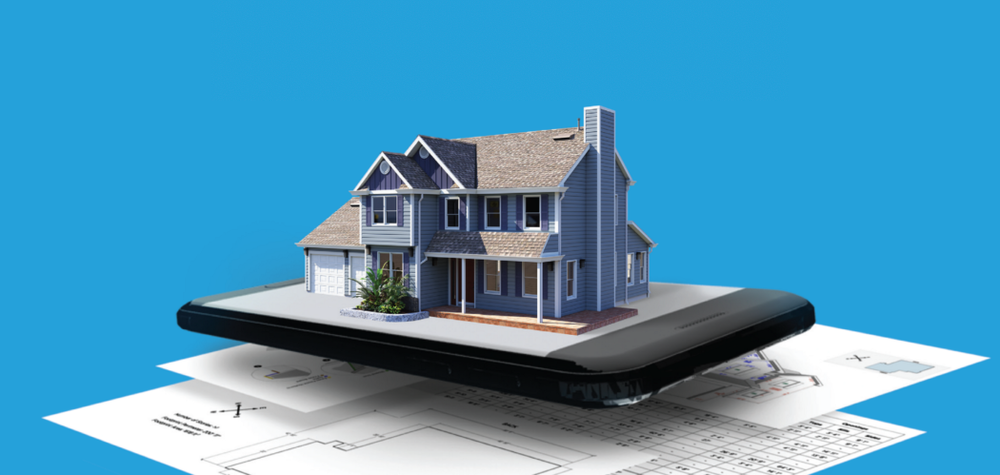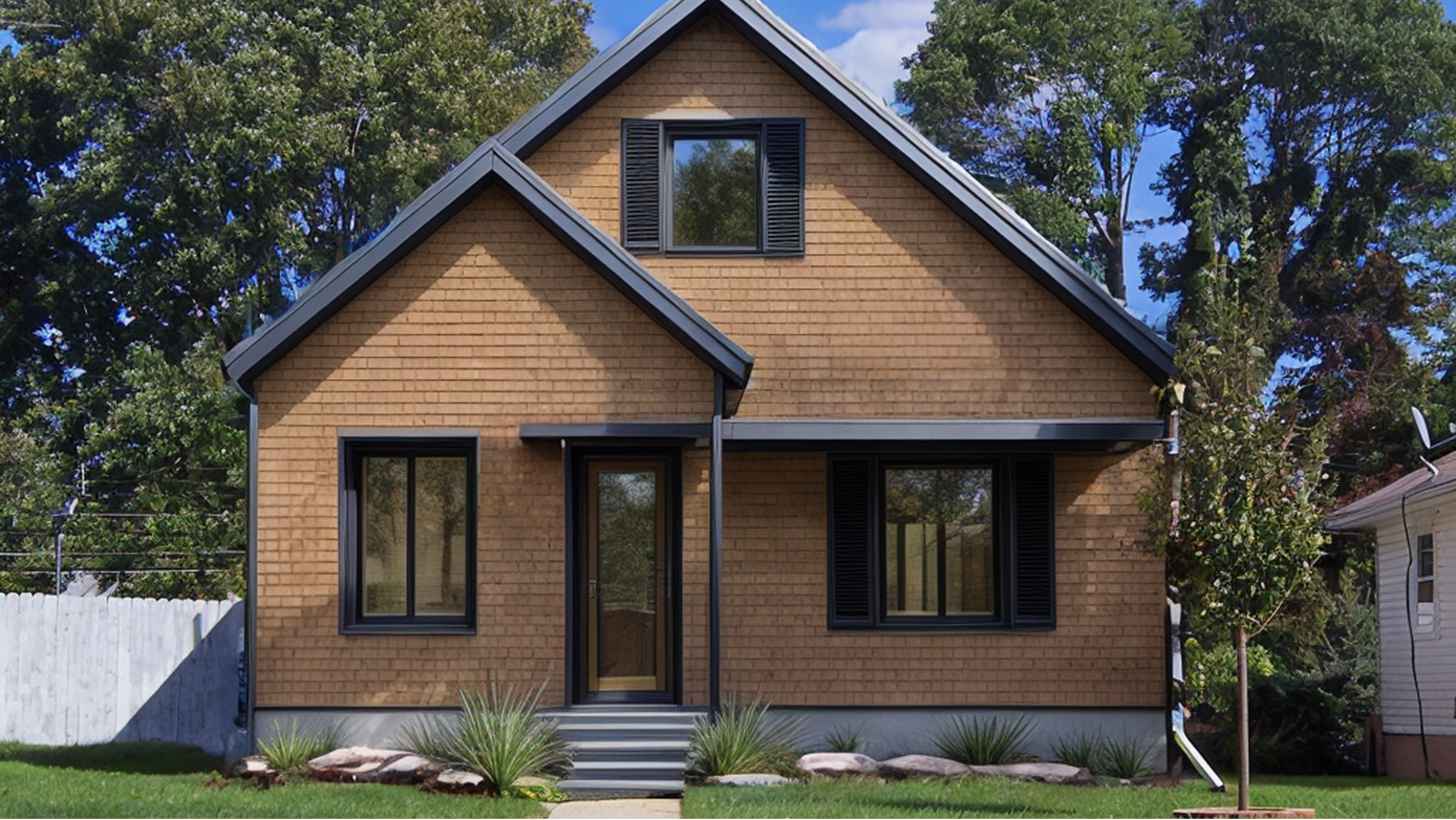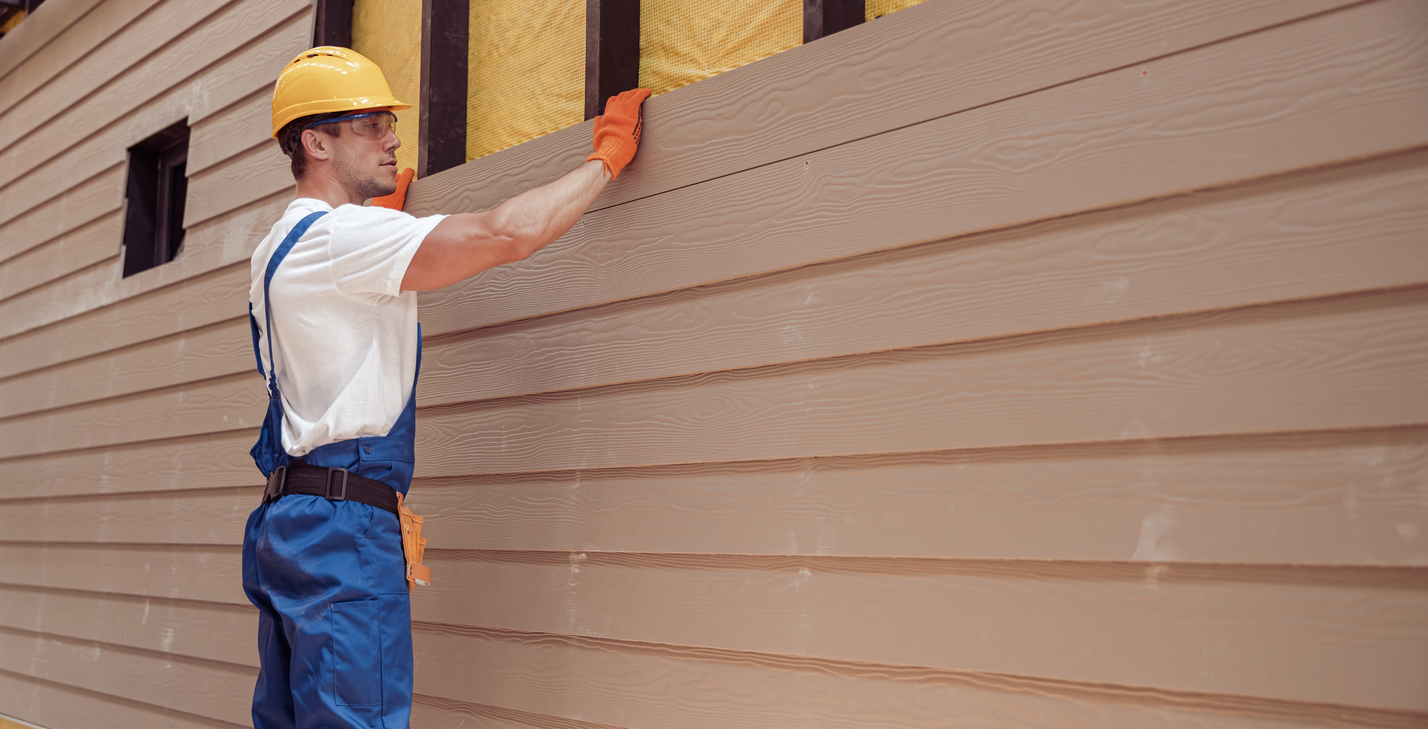Cities and local governments generate more revenue from property taxes than sales taxes, income taxes, and even corporate income taxes. Thorough, accurate tax assessments provide money to build schools, pay teachers, police, and other essential employees, and support the development and maintenance of local infrastructure.
Advancements in technology have made it possible for tax assessors to effectively and efficiently assess the value of people's homes, including new work they’ve had done and significant renovations. Now, you can use cutting-edge tools and software to help you with your daily work, simplifying your jobs and supporting the revenue streams of local governments.
What is property tax assessor software?
Property tax assessor software is a collection of digital tools that enable and automate the work of tax assessors. In short, it makes your job easier and helps you create more accurate assessments. It also saves time, especially because with the right software, you can skip the manual measurements and calculations that can easily consume much of your day.
Software for tax assessors gives you the ability to:
- Assess more properties, faster
- Generate more accurate, easily defendable assessments
- Avoid manual measurements
- Generate automatic sketches of properties
- Automatically create gross living area measurements without the need for interior photos
Key trends in property assessment
The property tax assessment business is changing quickly. This evolution is driven, in part, by market conditions and new technology. Let's take a closer look at some key trends.
Assessments of new construction are up
Building permits, new housing projects, and housing completions are all up year-over-year in the United States. As the number of new homes climbs, so does the workload for tax assessors. In some areas of the country, new homes are built in groups of a dozen or more, and each new homeowner needs an accurate tax assessment. In these communities, even though some homes are similar, homeowners often request variations in the design or size of the building, and these can have a significant impact on how much the property is worth. As a result, it’s more important than ever to have accurate, fast property assessment tools.
The number of renovated properties is on the rise
Historically low interest rates have created a fervent borrowing climate, paving the way for homeowners to secure large loans to power significant renovations. Inexpensive funds combined with a desire to boost the appeal of their biggest investment inspires many homeowners to revamp their estates, adding significant value.
Relatively simple adjustments, such as adding a deck made of weather-resistant wood composites, can bring unexpected spikes in value, particularly if the addition affords better views of bodies of water or other natural or urban scenery.
A small addition can add serious value as well, especially if it includes a bath, half-bath, or kitchen. The burden of keeping up with the value of home improvements falls on the shoulders of assessors, and the right technology can make all the difference.
Assessors need to spend more time in the field
Increases in new construction and renovations result in larger workloads across farther distances. To maintain efficiency, assessors have to spend more time in the field, at times handling multiple assessments a day, traversing several towns along the way. Luckily, as we'll see, cloud-based management tools provide assessors with the agility they need to get the job done in a reasonable amount of time.
What kind of tools do tax assessors use?
Tax assessors use a variety of digital tools, such as:
- Digital cameras
- Tablets and other mobile devices
- Drones
- Cloud-enabled software
These devices, when used in conjunction with each other, add mobility to the home office. As a result, your vehicle, a coffee shop, or a local park can become your place of business.
Property tax assessor software and technology
The best technology is only as good as the software you use it with. Property tax assessor software makes it easier and faster to:
- Organize documents
- Present justifications for assessed values
- Store and retrieve assessment info
- Take and manage pictures
Two of the most important software options for today's tax assessors are cloud-based document management technologies and 3D technologies.
Cloud-based document management simply means that instead of storing all your docs on your device, they’re kept in a data center. To work with your documents, you use an app that connects you to the server in the data center that houses these and maybe other digital assets.
This gives you the ability to access your documents using any computer or device that’s connected to the internet, anytime, anywhere. It also makes it easier to retrieve them if you have to prove the legitimacy of an assessment. Storing pics, videos, sketches, and other documents on a computer can make it more difficult to produce them if you’re not at home, causing costly delays. Using cloud-based tools helps you give the town what it needs faster, without sacrificing quality.
With 3D technology, you can use tax assessor software to automatically calculate the gross living area of a building without ever needing to step inside.
For instance, suppose you’re asked to assess the value of a home that's recently had an addition. The contractor took down a portion of an existing exterior wall, butted the wall for the addition into it, used a brick façade on top of standard ¾” plywood, and added a rear entrance that abuts the back patio.
Assessing the exact amount of square footage this added to the home could be a challenge, especially because a portion of the original wall was removed. With 3D technology, all you have to do is take eight pictures, each about 45 degrees apart, and the software can calculate the exact square footage of the gross living area.
Streamline your assessments with Hover
Hover’s 3D technology makes it easier and faster to perform accurate assessments. You take the pictures, and Hover does the rest, producing exact measurements you can use to defend even complex assessments. Sign up for a free demonstration to see how it works.

-1.jpg)

